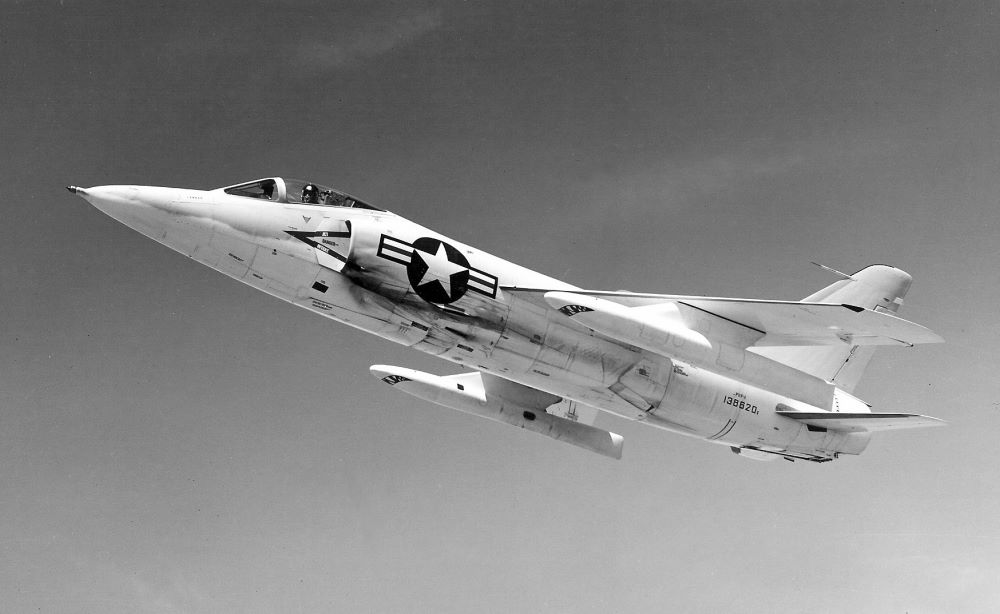In those early days pilots had to shoot their machine guns through the spinning blades of their aircrafts propellers.
Many pilots ended up shooting holes through their propeller blades.
Modern fighter planes have overcome many of the technological limitations that dogged early aviators and engineers.

But technology has been known to fail.
It wasnt the first time a pilot had shot itself.
An F-11 Tiger in flight.

Attridge began a shallow dive, and at 13,000 feet he fired 70 rounds during a four-second burst.
Moments later, the windshield of his aircraft was shattered by some object.
Attridge assumed it was a bird strike.

Attridge continued flying towards the airbase, but he rapidly lost altitude.
A rescue helicopter whisked him away to a hospital.
One 20 mm round crashed into the windshield of the cockpit from above.
Another round hit the right engine intake, and a third punctured the nose.
Meanwhile, the airplane accelerated to 880 miles per hour (about Mach 1.1) and dived sharply down.
The Navy claimed that it was a million-to-one shot, but Attridge disagreed.
At the speeds we’re flying today, it could be duplicated any time, he said.
At the time of firing, the F-14 was travelling at nearly Mach 1.
Fortunately, the missile was a dummy and the damage was purely from impact.
Nevertheless, Purvis lost control of his aircraft and had to bail out.
A sequence of photos showing the Sparrow missile misfiring on a F-14 Tomcat piloted by Pete Purvis.
Tom Attridge returned to flight status a little under six months after the incident.
He then became vice president of Grumman Ecosystems.
He passed away in 1997.
References:#An Unlucky First…
The Shootdown of Tiger #620,Check-Six.com# J.D.
Simkins,Dutch F-16 makes emergency landing after plane shoots itself,Military Times